My Icons Went Large After a Crash How Do I Make Them Small Again
Desktop icons provide easy shortcuts to software, folders, and files. Those icons are medium size by default in Windows 11. However, there are various ways you can make desktop icons smaller or larger depending on preference.
Here are five ways you can resize the desktop icons in Windows 11 to suit your preference.
The desktop context menu includes three size options for resizing desktop icons. Admittedly, three options don't offer a huge amount of scope for resizing icons. Nevertheless, you can change icon sizes via the desktop context menu as follows:
- Click anywhere on the desktop with your right mouse button to bring up a context menu.
- Select the View submenu on the context menu.
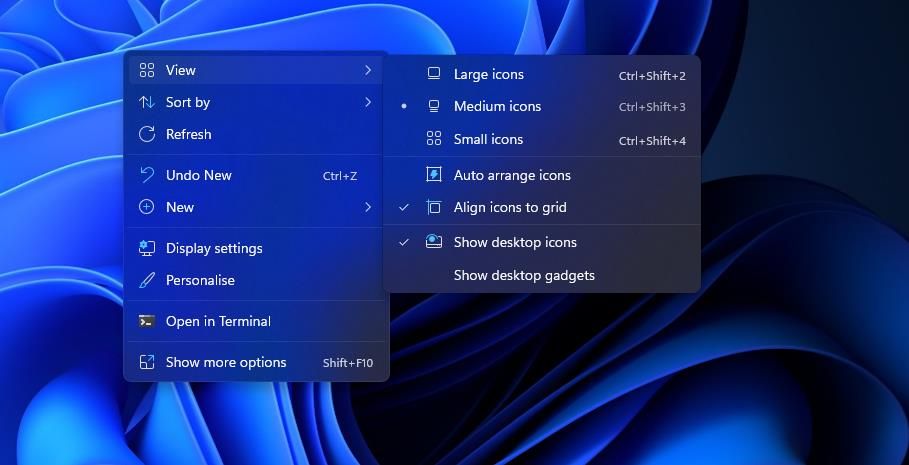
- Then select the Large icons or Small icons option to change from the medium size.
You can also check out some of the other viewing options on that context menu submenu while you're at it. Selecting the Auto arrange option there will organize them a bit better. The Align to grid option there aligns icons on your desktop with an invisible grid.
Aside from that, Windows 11's context menu has a Sort by submenu that includes additional icon options. There you can select to sort the icons on the desktop according to name, date, size, and item type.
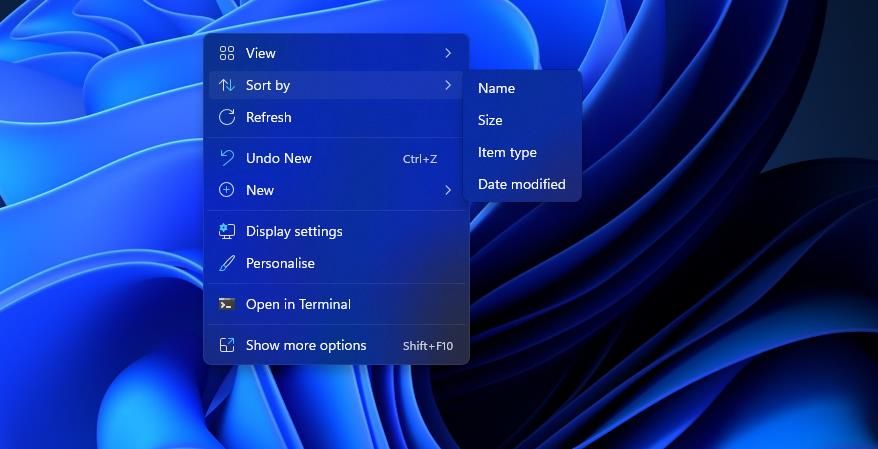
2. How to Change the Size of Icons with Hotkeys
When resizing icons with the context menu options, you'll probably notice that those settings also have hotkeys. You can press those keyboard shortcuts to resize the desktop icons. These are the three hotkeys for resizing icons:
- Ctrl + Shift + 2: Change to small icons
- Ctrl + Shift + 3: Change to medium icons
- Ctrl + Shift + 4: Change to large icons
Go ahead and press any of those key combinations to expand or reduce your desktop's icons. You'll need to press the row number keys (not the numeric keypad) for those hotkeys to work. There's also a Ctrl + Shift + 1 hotkey for an extra-large icon option the context menu doesn't include.
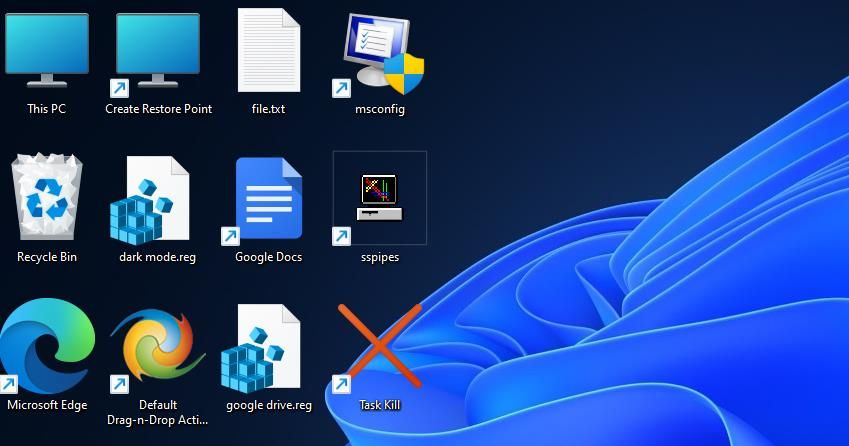
Resizing desktop icons with the methods above restricts you to three or four size options. If you want a bit more resize flexibility, try changing icon sizes with your mouse's scroll wheel (assuming it has one). You can expand or shrink icons on the desktop by rolling that scroll wheel up or down.
To resize icons with a scroll wheel, select all the icons on your desktop with the mouse. Press and hold the Ctrl key. Then roll the scroll wheel up to increase the icon size. Roll the scroll wheel down to make the icons smaller.
4. How to Change the Size of Icons by Selecting a Different Display Resolution
The resolution is the number of pixels your PC's monitor is configured to display. Icons are smaller at higher resolutions. Thus, reducing the resolution setting will increase the size of icons on your desktop. This is how you can select a different display resolution to change the size of your desktop's icons in Windows 11:
- Click Start on your Windows 11 taskbar. Then select the pinned Settings app from your Start menu.
- Next, select Display on the Settings' System tab.
- Click the Display resolution drop-down menu to select a lower or higher-res setting there.
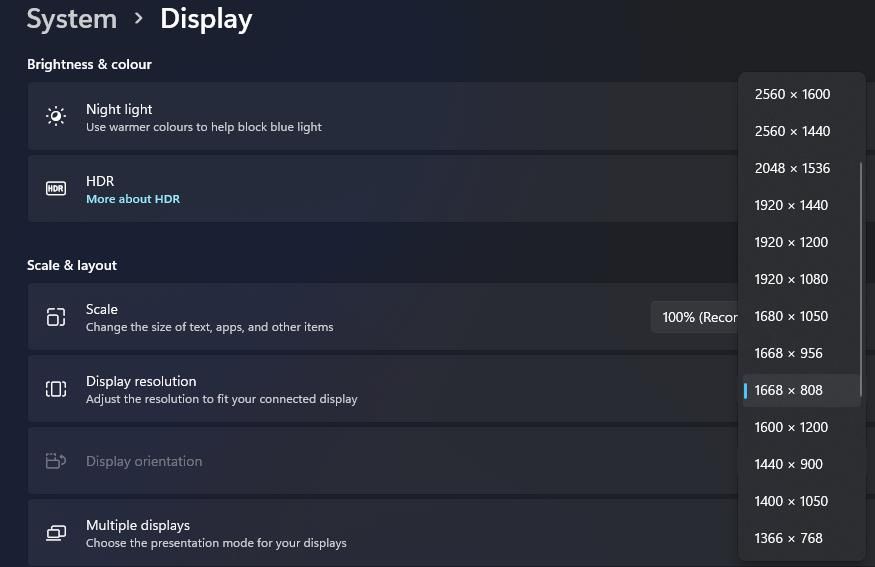
- Select the Keep changes option on the prompt that appears.
Note that lowering display resolution will reduce picture quality. Your monitor will probably be set at its highest resolution setting by default. If it isn't, however, you can make icons smaller by selecting a higher-res option there.
5. How to Change the Size of Icons by Editing the Registry
This final method involves delving into the registry. Windows 11's registry includes an IconSize DWORD you can edit the value for to resize the desktop's icons. You can change icon sizes by editing the registry like this:
- First, open the "Type here to search" text box by clicking the magnifying glass taskbar button for it.
- Type Registry Editor within the search utility's text box to find that app.
- Double-click Registry Editor to open its window.
- Next, open the HKEY_CURRENT_USER\Software\Microsoft\Windows\Shell\Bags\1\Desktop key by entering that path within the address bar at the top of Registry Editor. Or you can click the keys for that registry location within the navigation bar.
- Double-click the IconSize DWORD to open a value window for it.
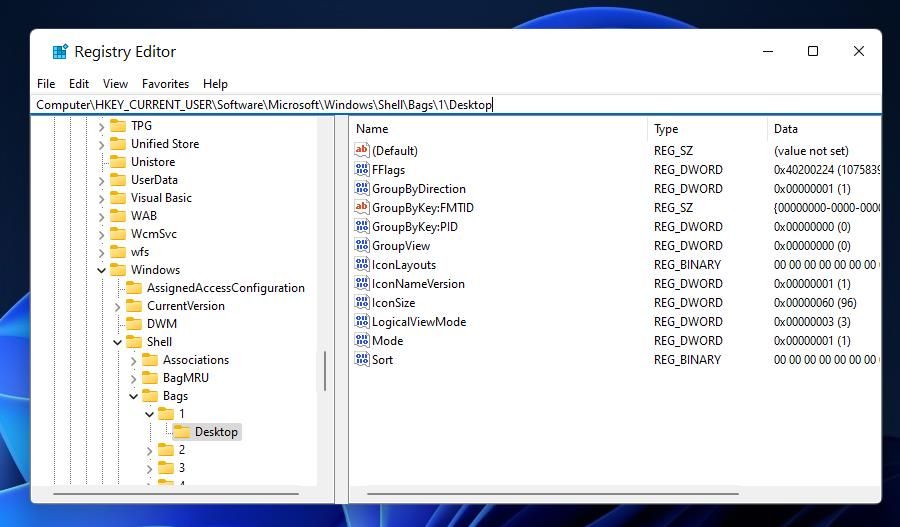
- Select the Decimal radio button.
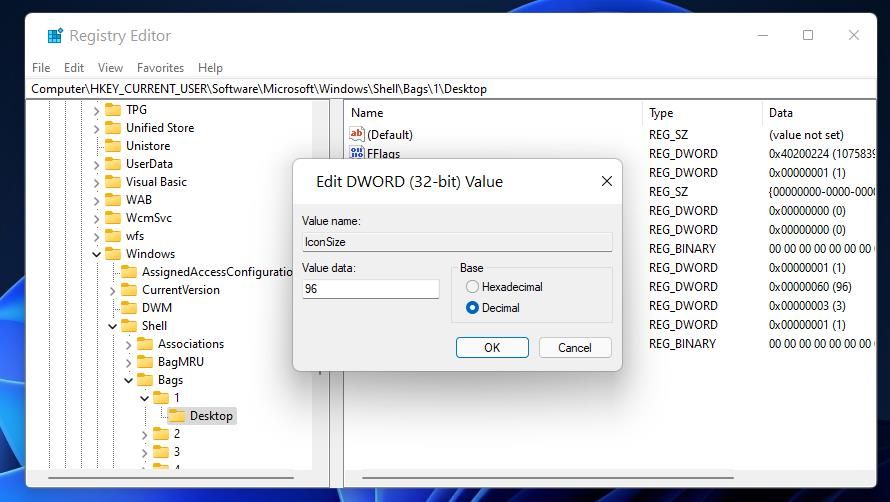
- Enter a higher or lower number than the current value in the text box. A value of 256 will be extra-large, so you don't need to enter a number that's much higher than that.
- Press the OK button, and close the Registry Editor's window.
For the changes to take effect, you'll need to either restart Windows or File Explorer. To restart the latter, right-click your taskbar and select Task Manager. Scroll down the Processes tab until you see Windows Explorer. Right-click Windows Explorer to select Restart.
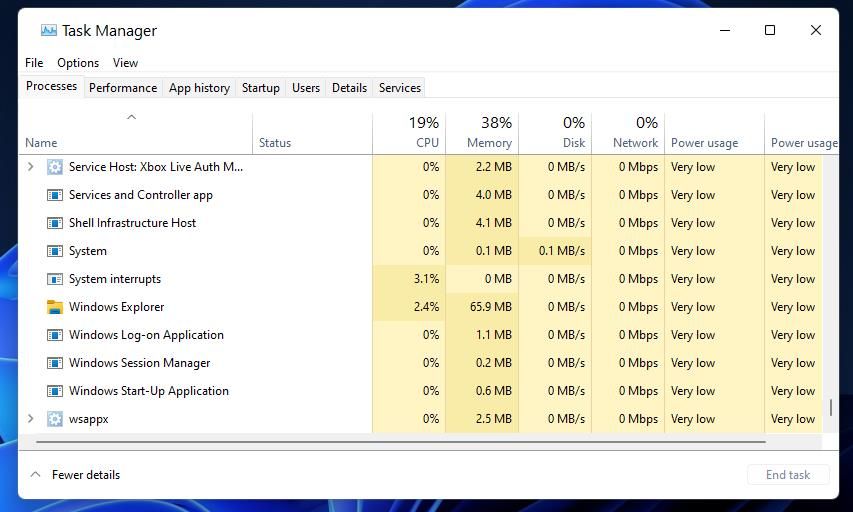
Then the icons on your desktop will be larger or smaller than was previously the case depending on the value you entered. You can restore them to the default medium size with the context menu method outlined in the first method. Alternatively, you can return to the Desktop registry key to adjust the value for its IconSize DWORD again.
This registry method is more flexible than changing icon sizes with the context menu options or keyboard shortcuts. You can enter any specific value to resize icons via the registry. Thus, you're not restricted to selecting one of three or four size options.
Customize the Desktop by Changing the Icon Size
Changing the size of icons is yet another way you can customize Windows 11's desktop. You can adjust how big or small the icons are with any of the methods above. However, the third and fifth methods are the most flexible ones for resizing icons on your desktop.
So, do you want bigger or smaller icons on your desktop? Smaller icons take up less space on the desktop, which is better if you have a lot of them. However, bigger desktop icons are clearer and might be preferable for users with Windows 11 touchscreen laptops. The choice, as they say, is yours.
Source: https://www.makeuseof.com/windows-11-change-desktop-icon-size/

0 Response to "My Icons Went Large After a Crash How Do I Make Them Small Again"
Post a Comment